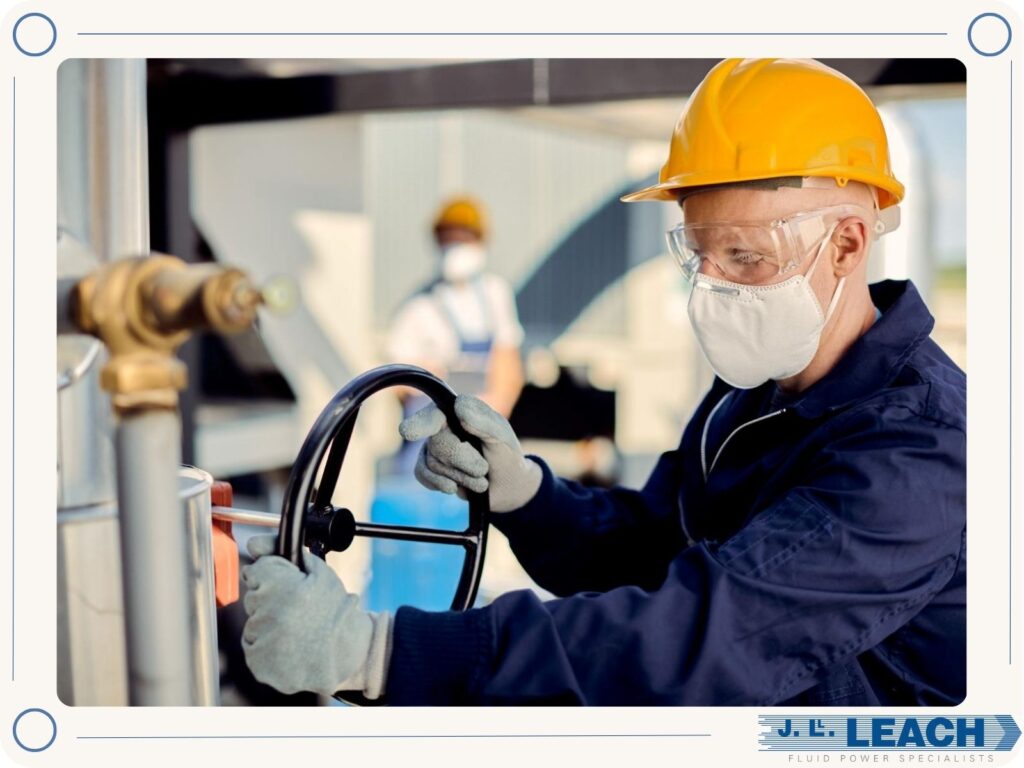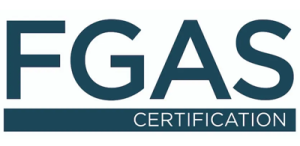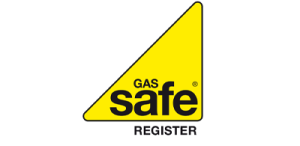From small labs to large industrial plants, numerous organisations rely on nitrogen gas, making on-site generation a game-changing solution. For these companies, reliance on liquid nitrogen deliveries presents various issues, inconveniences, and increased expenses over dependable alternatives.
On-site nitrogen generation offers significant cost savings, a safer workplace for employees, and an improved environmental rating. Typically, businesses realise a 50% or greater reduction in nitrogen costs when producing gas instead of purchasing nitrogen supplies.
Here at J LL Leach & Co Ltd, we can provide a detailed analysis and estimate for the provision and installation of Atlas Copco Nitrogen Generators. In this article, we highlight the benefits of on-site nitrogen generation and why it is helpful to your business.
Table of Contents
Cost-Effectiveness
Businesses across different sectors, such as electronics manufacturing, food packaging, chemical manufacturing, and offshore drilling, can achieve new efficiencies and reduce expenses by using an on-site nitrogen generation system.
Purchasing and delivering nitrogen costs substantially more than generating nitrogen on-site. Seasonal price variability also makes it difficult to budget. The capital expenditure to acquire the on-site nitrogen generation system is recouped typically within 24 months or less.
Nitrogen gas is generally produced at the highest purity levels. This can result in companies paying more for greater purity than their industrial application requires. Significant savings can be made if you produce on-site nitrogen at lower purity levels – even a 5% to 10% reduction.
To safely transport nitrogen gas, converting it to a highly cooled liquid is necessary. Once a liquid nitrogen delivery is received, safely unloading it is the next challenge. Liquid nitrogen needs to be converted to a pressurised gas. Due to a reliance on nitrogen or bulk liquid nitrogen deliveries and its associated conversion process, vast amounts of electricity are consumed.
The transportation, delivery, and liquid-to-gas conversion process create nitrogen losses of upwards of 10%. Also, approximately 0.4% of volume is lost daily due to pressurisation issues.
Nitrogen storage is another consideration. It is inconvenient to allocate storage space for gas cylinders. Renting storage cylinders and tank rental fees are also cost-prohibitive. Additional handling, delivery charges, environmental impacts, and associated costs further increase expenses versus producing nitrogen on-site.
Reliability and Convenience
Business operations, with a need for nitrogen and a dependence on regular supplies, create a single point of failure. Suppliers sometimes suffer shortages because of unforeseen circumstances leading to delayed deliveries. This introduces potential downtime for production facilities.
Extended contracts lock businesses into long-term commitments with a single nitrogen supplier. Sometimes, multiple producers are sought, but this is often against your best interests.
Alternatively, switching to on-site nitrogen production processes and using gas generators allows operators to produce nitrogen on demand. The purity levels, gas quality, and flow rate are precisely maintained and constantly monitored using sophisticated control systems.
In an age of labour strikes, long-term roadworks, and other potential obstacles to reliable gas deliveries, on-site gas generation is convenient and reliable.

Environmental Benefits
Environmental regulations continue to set a higher standard for what is expected of businesses. Companies must maintain vigilance over their carbon footprint and it is highly recommended to take active steps to reduce their environmental impact. Moving away from gas deliveries supports a reduction in both direct and indirect carbon emissions.
Producing nitrogen instead of relying on deliveries gets trucks off the road. Fewer road-related emissions, plus avoidance of diesel or petrol fuel usage, ensure your company is greener.
Nitrogen delivered by truck is made available in liquid form. Converting liquid nitrogen back to a gaseous state requires excessive amounts of electricity. This requirement is entirely removed when nitrogen deliveries are no longer received.
Modern equipment creates nitrogen in a more energy-efficient manner. Producing gas as needed prevents gas wastage and unintended volume losses, resulting in environmental benefits.
Safety Improvements
Liquid gas is chilled to approximately minus 196 centigrade. Handling pressurising liquid gas is a risky proposition with the potential for accidental leaks. Exposure to nitrogen in a liquid state introduces unnecessary health risks, including frostbite, for employees.
With adequate training, operating nitrogen generator systems safely is a simple matter. No liquified gas is involved in delivery, conversion, storage, or production. J LL Leach maintains the systems under a robust service agreement, ensuring they remain safe.
Workers are also safer with in-house gas production than handling deliveries because of the reduced likelihood of workplace accidents. As a result, staff retention rates usually improve, and recruitment costs decline.
Purity and Quality Control
Gas purity levels are important, whether too high or too low.
Depending on the equipment, such as pneumatic or welding, a minimum purity level is required to produce professional outcomes. Otherwise, the result is inferior welds that do not hold, inefficient air tool operations, and other potential issues.
When you purchase nitrogen, it is usually provided at a 97% gas purity level or higher. Your manufacturing equipment may only require a 90% or 95% purity. The difference has an enormous bearing on your business’s total nitrogen expenses.
A steady supply of nitrogen sometimes comes with other gas purity concerns. Unpredictable purity levels are another factor that plays havoc with expensive equipment. When under a long-term contract, this is troublesome to resolve.
Gas quality is another consideration. It refers to the cleanliness of the nitrogen gas. When produced using less clean pressurised air, the lower gas quality introduces problems for machinery reliant on it. As a result, equipment may break down more frequently.
Nitrogen generators work highly efficiently. Subsequently, nitrogen purity is precisely managed, giving you more control. This ensures it is consistent at the required flow rate. Similarly, gas quality is maintained as needed.
Customisation and Scalability
At J LL Leach, we assess the nitrogen requirements of our customers’ operations. We understand that each use case and need is unique. We create custom nitrogen generator systems that match current and future demand.
Correctly sizing nitrogen systems ensures that the machinery meets all requirements without any issues. It operates more efficiently with less waste or unnecessary energy usage. Subsequently, nitrogen-related expenses are reduced.
Contact us today to discuss your on-site nitrogen generation needs.












